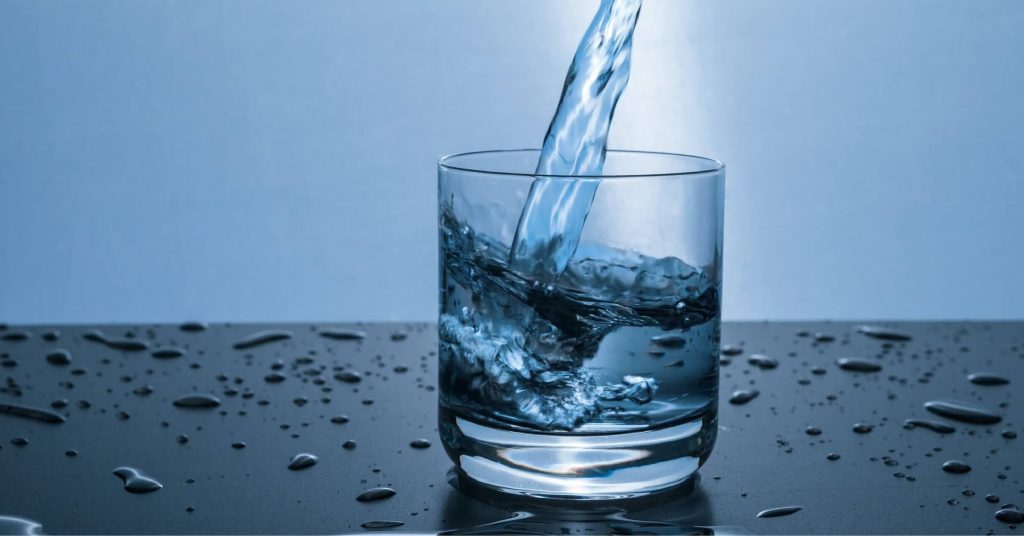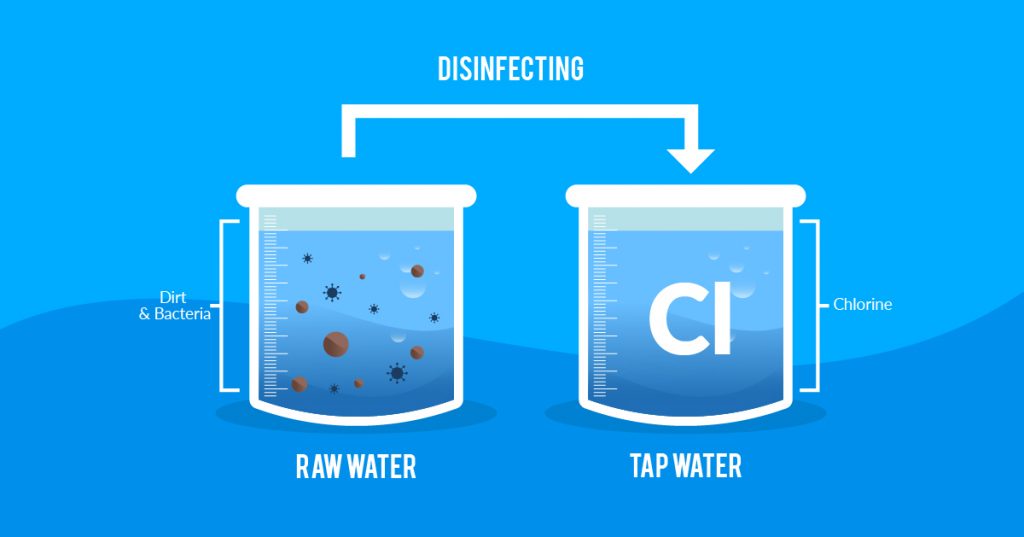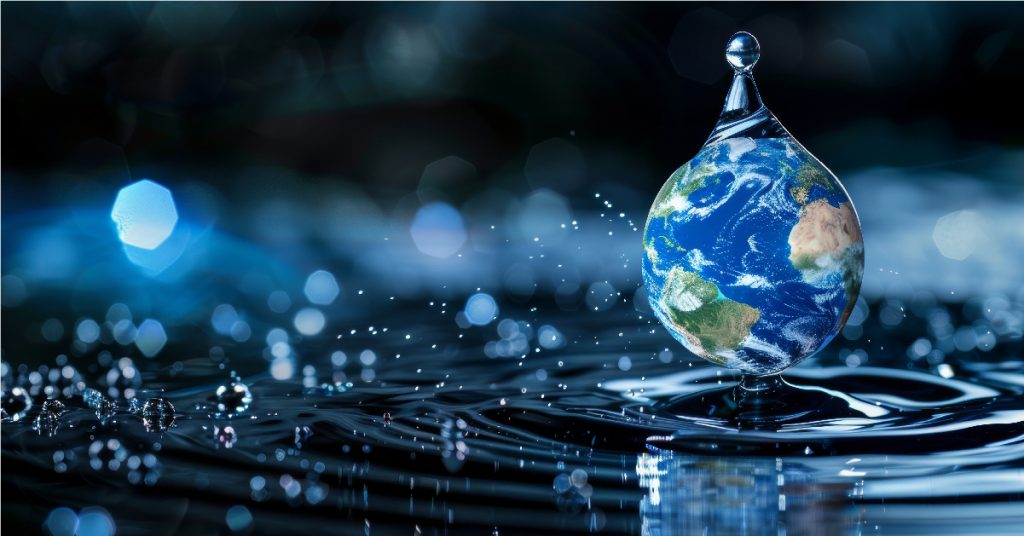Access to clean drinking water is essential for health, well-being, and economic stability. In the USA, the demand for safe water is increasing due to population growth, industrial activities, and climate change. Understanding what potable water is and its significance is crucial for ensuring public health and maintaining sustainable water resources.
This blog explains what potable water is, the importance of potable water systems, and the difference between potable and non-potable water, focusing on its relevance in the USA.
What Is Potable Water?
Potable water refers to water that is safe for human consumption and meets the quality standards set by regulatory agencies, such as the Environmental Protection Agency (EPA) in the USA. It is free from harmful contaminants, including bacteria, viruses, chemicals, and heavy metals, making it suitable for drinking, cooking, and other domestic uses.
Potable water undergoes rigorous testing and treatment to ensure its safety and palatability. Water treatment plants use advanced filtration, disinfection, and chemical balancing processes to convert raw water from sources like rivers, lakes, and groundwater into potable water.
Why Is Potable Water Important?
The importance of potable water cannot be overstated. It is essential for sustaining life, promoting hygiene, and preventing waterborne diseases. In the USA, clean drinking water supports not only public health but also economic growth by ensuring that industries, agriculture, and municipalities have access to safe water.
Potable water also plays a critical role in emergency preparedness. During natural disasters like hurricanes and wildfires, maintaining a reliable supply of potable water is vital for disaster response and recovery efforts.
What Is a Potable Water System?
A potable water system is an infrastructure designed to treat, store, and distribute safe drinking water. It typically includes water sources, treatment facilities, storage tanks, and distribution networks. The primary goal of a potable water system is to ensure the delivery of high-quality water to homes, businesses, and institutions.
Key components of a potable water system include:
- Water Sources: Potable water systems rely on surface water (rivers, lakes, reservoirs) and groundwater (aquifers) as their primary sources.
- Treatment Facilities: These facilities remove contaminants through filtration, sedimentation, disinfection, and chemical processes to make water safe for consumption.
- Storage Tanks: Treated water is stored in tanks to maintain a consistent supply and manage demand fluctuations.
- Distribution Networks: A network of pipes and pumps transports potable water to end-users.
In the USA, potable water systems are regulated by the EPA under the Safe Drinking Water Act (SDWA), which sets quality standards for public water systems.
Importance of Investing in Potable Water Systems
Investing in modern potable water systems is essential for addressing these challenges and ensuring access to safe drinking water. Advanced treatment technologies, such as reverse osmosis, ultrafiltration, and UV disinfection, can enhance the efficiency and reliability of potable water systems. Additionally, integrating smart water management systems can optimize resource use and minimize waste.
Ion Exchange: Pioneering Sustainable Water Treatment Solutions
Ion Exchange, a leading company in water treatment solutions, has been instrumental in the USA’s quest for water sustainability. The company provides advanced technologies and systems to address the country’s unique water challenges.
It is a cutting-edge technology used to remove the majority of contaminants from water by applying pressure to force water through a semi-permeable membrane. This membrane allows the passage of water molecules while blocking dissolved salts, organics, bacteria, and pyrogens. The high-pressure pump increases pressure on the salt side, pushing water across the RO membrane and leaving most dissolved salts behind in the reject stream. The treated water typically has 95% to 99% of dissolved salts removed.
It offers an effective method for eliminating biological contaminants. These purifiers guard against water-borne viruses, bacteria, and microorganisms such as Giardia and Cryptosporidium. Exposure to UV radiation within the flow chamber purifies harmful microbiological impurities.
The innovative High Recovery RO (HRR) process, featuring the Water Saver Cartridge (WSC), continuously sweeps away salts and kills microbes, allowing operation at high recovery levels. This process achieves up to 70% recovery from a single RO membrane, three times higher than conventional systems, and saves over 80% of water, making it eco-friendly with a high shelf life for treated water.
Conventional UV systems can suffer from slime buildup, bacterial growth, voltage fluctuation, and quartz scaling, leading to poor disinfection. The patented ESS technology by ZeroB ensures complete microbial kill, overcoming these drawbacks and preventing water recontamination.
Ion exchange resins play a crucial role in various separation, purification, and decontamination processes. Ion Exchange manufactures a range of resins, including poly-iodinated and iron-specific resins, which eliminate microbial contaminants and reduce iron levels to safe drinking standards (less than 0.3 ppm).
Conclusion
Potable water is a fundamental resource that supports life, health, and economic development. Understanding what potable water is and the importance of potable water systems helps us appreciate the efforts involved in providing safe and clean drinking water. As the USA faces challenges such as aging infrastructure, contamination risks, and climate change, investing in advanced potable water systems is more important than ever. These systems ensure that water is treated and distributed safely, meeting the needs of communities while promoting sustainable water management.
Connect with Ion Exchange experts today to learn more about potable water systems.





